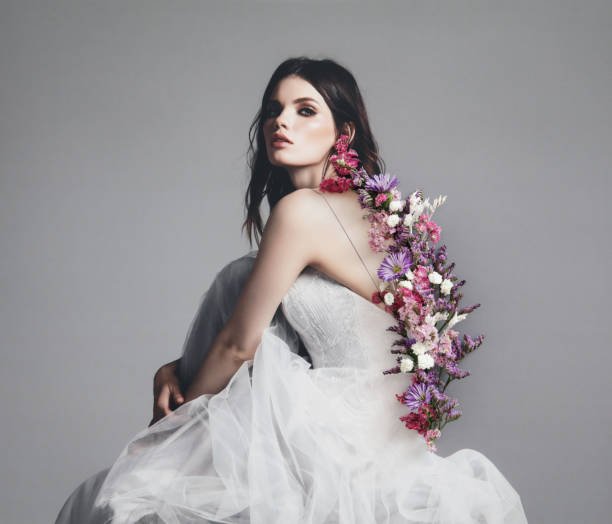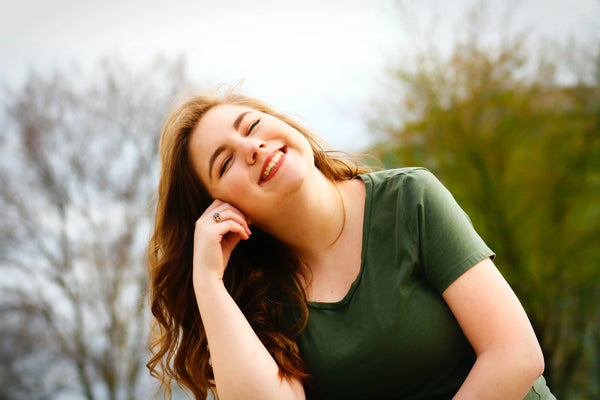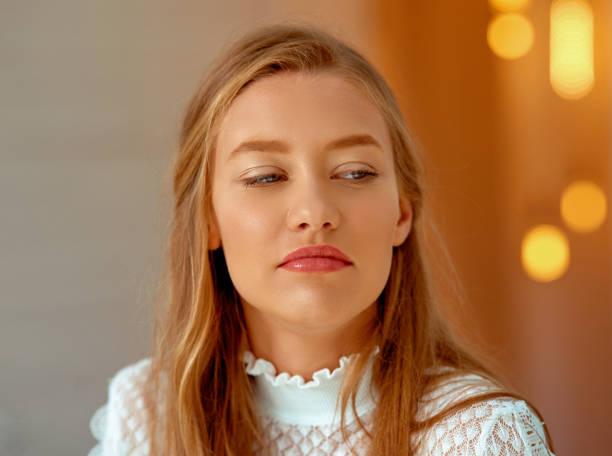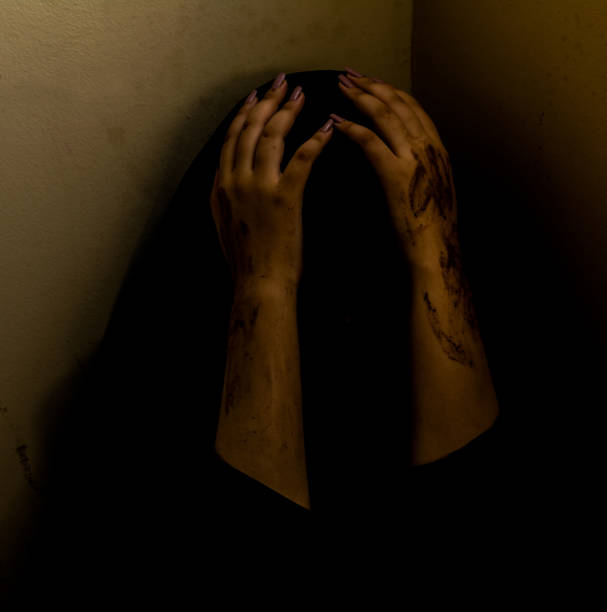Colors speak long before we do.
They call to us from sunsets, fabric, fruit, walls, and screens. We are drawn to them instinctively—buying one shirt over another, painting our homes in certain tones, choosing phone cases, notebooks, lipstick, even cars, based on a shade we might not even consciously notice we prefer. Some people know exactly what their favorite color is. Others hesitate, caught between blue and green, torn between crimson and black.
But beneath that choice—whether it’s bold or passive, fixed or shifting—lurks something deeper.
Your favorite color isn’t just a preference. It’s a mirror. A signal from the subconscious. A window into the unseen corners of your emotional landscape.
Color is not just aesthetic—it’s psychological. Neurological. Emotional. Cultural. And above all, personal.
Every color carries with it centuries of meaning, but more importantly, it carries the weight of your own memories, longings, traumas, and dreams. It can reveal your defenses, your desires, your wounds, and your coping strategies.
This is the secret life of color. And once you see it—you can’t unsee it.
How the Brain Feels Color Before It Understands It
Long before we attach language to a color, we feel it.
The human brain processes color in the limbic system—home of emotion, instinct, memory, and survival. That means color doesn’t start in your rational mind. It starts in the part of you that remembers your mother’s dress, the blood from a scraped knee, the softness of a yellow-lit childhood kitchen, or the green blur of a summer field where you once felt free.
Color is encoded in the nervous system. It lives in sensation, not sentences. And because of that, our color preferences are often shaped before we’re even aware of what they mean.
When you say you love purple, you’re not just loving purple. You’re loving a set of associations—royalty, spirituality, mystery, or maybe the violet blanket that comforted you as a child. When you hate orange, maybe you’re not rejecting the hue, but the harsh memories it holds—a fluorescent classroom, a parent’s favorite shirt, a period of life where everything felt too loud.
Color is an emotional shorthand for the stories we don’t know how to tell.
Red: The Fire Beneath the Surface
Red is primal.
It’s the color of blood, the first color infants perceive. It triggers alertness, arousal, passion, and danger. In nature, red often signals something urgent—a poisonous berry, a flushed cheek, a warning sign.
If red is your favorite color, it may signal a hunger for vitality. You might be someone who craves intensity. Red lovers often feel deeply but may struggle to show vulnerability unless it’s cloaked in boldness. Red can also point to a longing for power—not in the ego-driven sense, but power over your own life, your choices, your survival.
But red can also be a shield. If you’ve had to fight to be seen or heard, red may be your subconscious armor. A way to demand attention when being quiet was unsafe.
Red is not the color of subtlety. It’s the color of needing to matter.
Blue: The Ocean of Emotion
Blue is peace, sky, water, distance.
It’s the most universally favored color in the world—and yet its meanings are anything but simple. Blue has been linked to loyalty, calmness, clarity, and stability. But it’s also the color of melancholy, of longing, of quiet sadness.
If blue is your favorite color, you may be someone who seeks emotional depth but hides it beneath layers of control. You may be highly sensitive but appear composed. You may crave inner peace so desperately because you’ve lived too long in chaos.
Blue often whispers where others shout. It’s not performative. It’s reflective. And those who love blue often have minds like oceans—serene on the surface, storming below.
You might be drawn to blue not because your life has been calm, but because you’re still searching for an inner harbor.
Yellow: The Longing for Joy
Yellow is light. Laughter. Lemonade. Sunflowers. Childhood.
It is the most visible color to the human eye and is often associated with happiness and optimism. But it’s not always the color of simple cheer. Sometimes people cling to yellow because they’re afraid of darkness.
If yellow is your favorite color, your subconscious may be chasing joy like a survival strategy. You may be someone who lights up rooms while secretly carrying sadness. You may associate brightness with safety—because being cheerful was the way you kept others close or kept the peace in unstable environments.
Loving yellow doesn’t mean you’re naive. It might mean you’ve known shadows too deeply—and now hunger for light.
Green: The Need for Balance
Green is growth.
It’s the color of plants, healing, renewal. It lives at the center of the visible spectrum and is often associated with balance. People drawn to green may be seeking equilibrium—emotional, psychological, or relational.
If green is your favorite, you might be someone who values harmony. You might dislike conflict, not because you’re passive, but because peace feels sacred. Green lovers often have a deep connection to nature or feel most like themselves when they’re grounded, rooted, and real.
But green can also signal a need to regulate—to maintain calm because chaos feels dangerous. You may crave stability so fiercely because you’ve lived without it.
Green isn’t just the color of plants. It’s the color of growth that emerges after the storm.
Black: The Secret Fortress
Black is not the absence of color. It is the absorption of all of them.
It’s associated with power, elegance, mystery, and protection. But it also holds grief. Silence. Rebellion. Trauma. For some, black is fashion. For others, it’s a psychological safe house.
If black is your favorite color, you might be someone who doesn’t let people in easily. You might crave control—not because you’re cold, but because it’s the only way you’ve known to feel safe. You might wear your strength like armor because you’ve been hurt before. Maybe more times than you’ll admit.
But black isn’t bleak. It’s profound. It’s what the universe looked like before stars were born. It’s depth. It’s potential. It’s beauty that asks to be earned.
White: The Clean Slate and the Hidden Fear
White is purity. Newness. Simplicity. But also absence. Void. Control.
If white is your favorite color, you may long for clarity. Clean lines. A life unburdened by clutter—physical, emotional, or relational. White lovers often crave order. They are the ones who seek light in shadowed rooms, who want things to make sense.
But sometimes, white is a mask. A desire to erase mess because mess feels like danger. Sometimes, it’s not the love of peace—but the fear of chaos.
Loving white might mean you’re chasing perfection because you were taught anything less would cost you love.
Purple: The Inner World of the Intuitive
Purple lives between red and blue—between fire and calm.
It’s the color of royalty, mysticism, spirituality. It’s rare in nature and historically linked to those who dwell in imagination more than logic. People drawn to purple often have vivid inner lives. They feel deeply, think abstractly, and may be misjudged as eccentric or “too much.”
If purple calls to you, you might have always felt different. Maybe even lonely. But not because you lacked love—because you craved a kind of connection that was hard to find.
Purple is the realm of visionaries, empaths, and artists. If it’s your favorite, your subconscious might be telling you something important: that your inner world is not only valid—but vital.
Pink: The Tender Strength
Pink is softness. Innocence. Romance. But it’s also rebellion—feminine strength in a world that often devalues tenderness.
People who love pink are not always delicate. Often, they are deeply resilient—able to carry love through harshness. They choose kindness when it’s not easy. They seek beauty not out of denial, but as resistance.
If pink is your color, you may have a core wound around being “too emotional.” You may have been mocked for your sensitivity, or told to “toughen up.” But loving pink means you’re unafraid to value what the world often dismisses: warmth, sweetness, affection, and vulnerability.
It’s not weakness. It’s strength—worn gently.
Gray: The Complex Soul
Gray is in-between.
Not black, not white. Not bold, not blank. People drawn to gray often live in nuance. They resist absolutes. They feel more than they show and think more than they say.
Gray can be a signal of emotional fatigue—people who have been through so much that they’ve learned to stay neutral. But it can also reflect wisdom. A soul that has made peace with paradox. Someone who understands that life is never just one color.
If you love gray, your subconscious may be seeking rest—from judgment, from intensity, from noise.
Gray doesn’t need to shine to have value. It just needs to be.
Color as a Form of Memory
More than anything, your favorite color may be a mnemonic device—an unconscious connection to a past you haven’t fully unpacked.
The blue walls of your childhood bedroom. The red lipstick your mother wore. The green toy you clutched during a divorce. The yellow dress from a summer where you finally felt alive. These memories are woven into your nervous system. And when you’re drawn to a color, your body might be reaching for the feeling it once gave you.
Color is memory. Color is emotion. Color is home.
Your Palette Can Change—And That Matters
Here’s what most people don’t realize: your favorite color may not stay the same forever.
That shift isn’t superficial—it’s psychological.
When people say, “I used to love pink, but now I can’t stand it,” they’re often saying, “I’ve outgrown a version of myself.” When someone begins wearing bold colors after a lifetime of beige, it might mean they’re coming home to a part of themselves that was buried.
Colors change as we heal, evolve, grieve, grow, and reclaim. Watching the shift in your preferences can be a way of tracking your emotional and psychological journey.
Your color palette is a map. One that evolves as you do.
The Shadow of Color
There’s a shadow side to every color.
Too much red can become rage. Too much blue, detachment. Too much yellow, denial. Too much black, isolation. Too much white, perfectionism.
When you’re obsessed with a color, ask yourself: what am I avoiding? What am I craving? What am I using this color to say—without words?
Sometimes, the color we need is the one we resist most. If you avoid red, are you avoiding confrontation? If you hate green, are you allergic to balance because it feels unfamiliar? If you reject pink, are you defending against the possibility of tenderness?
Your color wounds are just as revealing as your color loves.
Let Your Color Speak
So next time someone asks your favorite color, don’t brush it off.
Pause. Feel. Remember.
What draws you to it? What emotions rise when you see it? Who were you when you first loved it? Who are you now?
You don’t need a quiz or a guidebook. Just honesty. Your favorite color doesn’t define you—but it can reveal you.
It can be the bridge between your conscious mind and your hidden heart.
Color is a language.
And your favorite one is speaking—whether you’re listening or not.






